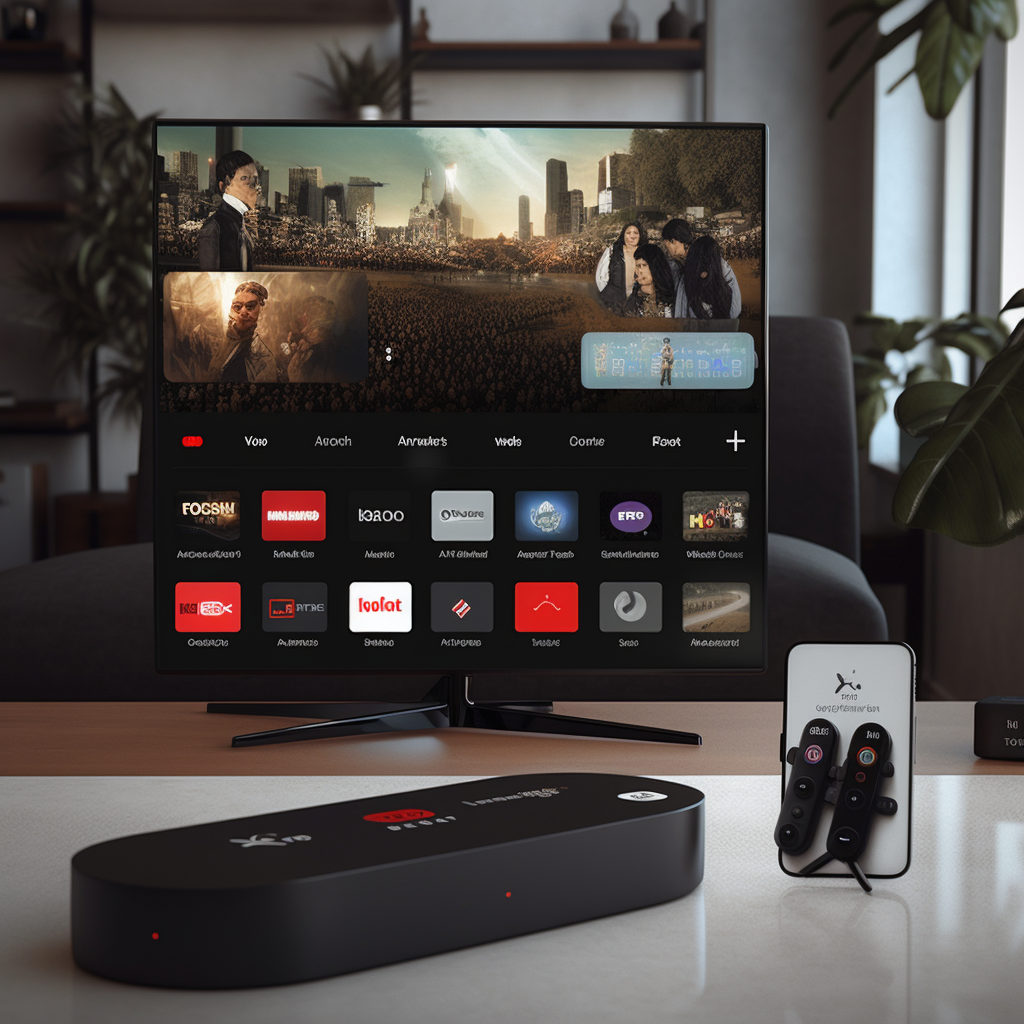Finding the best iptv 2024 Services: A Comprehensive Guide

Introduction
Did you know that over 65% of traditional cable subscribers are considering switching to IPTV services in 2024? This massive shift is happening because IPTV offers greater flexibility, more content options, and typically costs 50-70% less than conventional cable packages. If you’re looking for the best iptv streaming experience, you’ve come to the right place. Today’s IPTV landscape is vast and sometimes confusing, with hundreds of providers claiming to offer the best service. This guide will help you navigate the options and find a reliable IPTV service that meets your specific entertainment needs.
What You Need for Quality IPTV Service
To enjoy a seamless IPTV experience, you’ll need these essential components:
- Reliable Internet Connection: Minimum 25 Mbps for HD streaming, 50+ Mbps recommended for 4K content
- IPTV Subscription: From a reputable provider with legal content access
- Compatible Device: Smart TV, Amazon Firestick, Apple TV, Android box, or computer
- IPTV App/Player: VLC Media Player, IPTV Smarters, Perfect Player, or Tivimate
- VPN Service: (Optional but recommended) For enhanced privacy and access to geo-restricted content
Substitution Options: If your smart TV isn’t compatible, consider an inexpensive streaming device like Roku or Chromecast. For those without high-speed internet, some providers offer lower resolution options that work with 10-15 Mbps connections.
Timing Expectations
Understanding how long various aspects of IPTV service take helps set realistic expectations:
- Initial Setup: 10-30 minutes depending on technical expertise
- Channel Loading Time: 2-8 seconds (varies by provider and internet speed)
- Buffer Resolution: Usually resolves within 5-20 seconds on good connections
- Subscription Activation: Typically instant to 24 hours after purchase
- Content Updates: Most premium providers update VOD libraries weekly
- Service Longevity: Top-tier providers maintain stability for 2+ years on average
Step-by-Step Setup Process
Step 1: Research and Choose a Provider
Start by identifying your viewing priorities (sports, international channels, movies) and research providers that excel in those areas. Look for services with at least 12+ months of established operation, positive reviews on trusted forums, and transparent pricing structures.
Step 2: Subscribe and Obtain Credentials
Once you’ve selected a provider, purchase a subscription—most offer plans ranging from 1 to 12 months. After payment, you’ll receive login credentials (typically a username/password and possibly M3U URL or playlist) via email within minutes to hours.
Step 3: Set Up Your Device
Whether using a dedicated box or app:
- For smart TVs and streaming sticks: Download the recommended IPTV player from your device’s app store
- For computers: Install VLC Media Player or a dedicated IPTV application
- For mobile devices: Download apps like GSE IPTV or IPTV Smarters Pro
Step 4: Configure Your IPTV Service
Open your IPTV player and locate the “Add Playlist” or “Add New Subscription” option. Enter the URL, M3U link, or credentials provided by your service. Most modern interfaces walk you through this process intuitively.
Step 5: Organize and Personalize
Take time to create favorites lists, organize channels by category, and customize the interface settings to your preference. This significantly improves the daily user experience.
Technical Specifications
When evaluating IPTV services, consider these key specifications:
- Channel Count: Quality providers offer 2,000-8,000 channels
- Stream Quality: Look for providers offering up to 4K resolution where available
- Concurrent Connections: Most services allow 1-4 simultaneous streams per account
- Catch-up/DVR: Leading services offer 7-14 days of programming history
- Format Compatibility: M3U, MAG, Enigma2, and XtreamCodes API support
Better Alternatives to Basic IPTV
For those concerned about reliability or legality:
- Premium IPTV Aggregators: Services that legally license content from multiple sources
- Combined Streaming Solutions: Using a mix of mainstream services like Netflix, Disney+, and a smaller IPTV package for live TV
- Official Network Apps: Many networks offer their own streaming apps with live TV functionality
- IPTV with Legal Licensing: Some providers negotiate proper distribution rights for their content
User Experience Recommendations
To maximize your viewing experience:
- Use a quality IPTV player with advanced features like EPG integration and channel grouping
- Consider a dedicated device just for IPTV to maintain optimal performance
- Create personalized playlists for different household members or viewing categories
- Use ethernet connections rather than WiFi when possible for improved stability
Common Problems to Avoid
Many IPTV users encounter these preventable issues:
- Subscribing to unvetted services: Always research provider history and user reviews
- Selecting overly cheap services: Services under $5/month often lack stability and support
- Ignoring buffering causes: Often related to home network issues rather than the provider
- Using outdated equipment: Older devices may lack the processing power for smooth playback
- Overloading your connection: Running multiple high-definition streams simultaneously
Storage and Management Tips
Maintain your IPTV setup with these practices:
- Regularly clear cache on your IPTV applications (every 1-2 weeks)
- Keep your apps and devices updated with the latest software
- Save your subscription details securely for easy renewal
- Consider using playlist management tools for easier organization
- Download favorite content for offline viewing when supported
Conclusion
Finding the perfect IPTV service in 2024 requires balancing content variety, stream quality, reliability, and value. By following this guide, you’ll be well-equipped to select a service that delivers the entertainment you want without technical headaches. Remember that the best service isn’t necessarily the one with the most channels, but rather the one that consistently delivers your preferred content without interruption. Take time to test services with trial subscriptions before committing to longer terms, and don’t hesitate to switch providers if your needs aren’t being met.
Frequently Asked Questions
Is IPTV legal to use?
IPTV technology itself is legal; however, the legality depends on whether the service properly licenses its content. Many services operate in a legal gray area, while others have proper distribution agreements.
Why does my IPTV buffer frequently?
Buffering typically results from internet speed issues, server overload during peak times, or device limitations. Try using a wired connection, closing background apps, or contacting your provider.
Can I use IPTV while traveling internationally?
Yes, but you may need a VPN to access your home country’s content due to geo-restrictions. Check your provider’s terms regarding international usage.
How do IPTV services compare to traditional cable?
IPTV typically offers more channels at lower prices but may have occasional stability issues. Cable provides better reliability but costs significantly more and often requires contracts.
What’s the difference between free and paid IPTV?
Free IPTV services generally offer fewer channels, lower resolution, frequent interruptions, and limited support. Paid services provide better stability, higher quality streams, and customer support.

